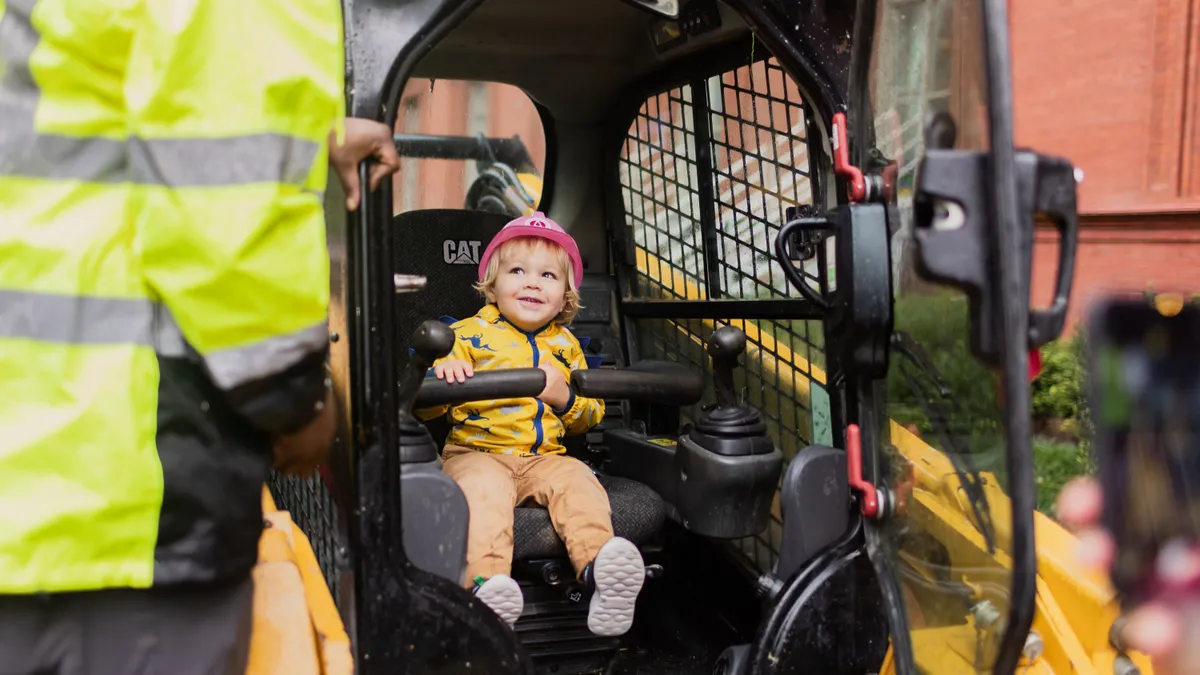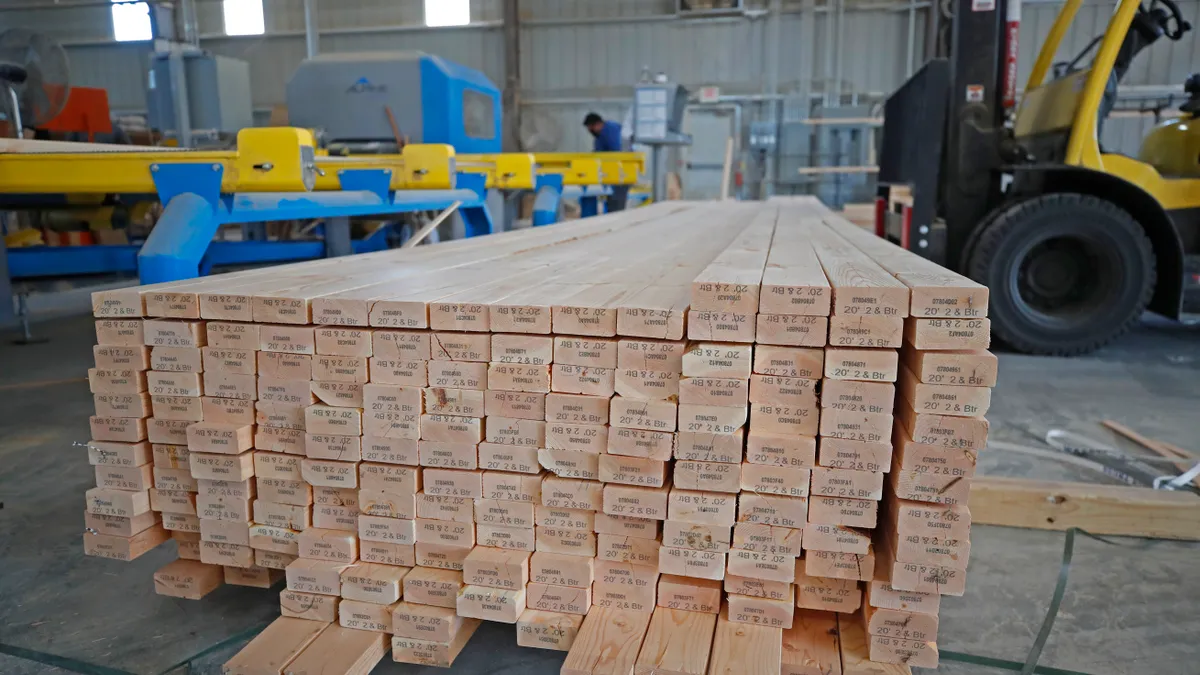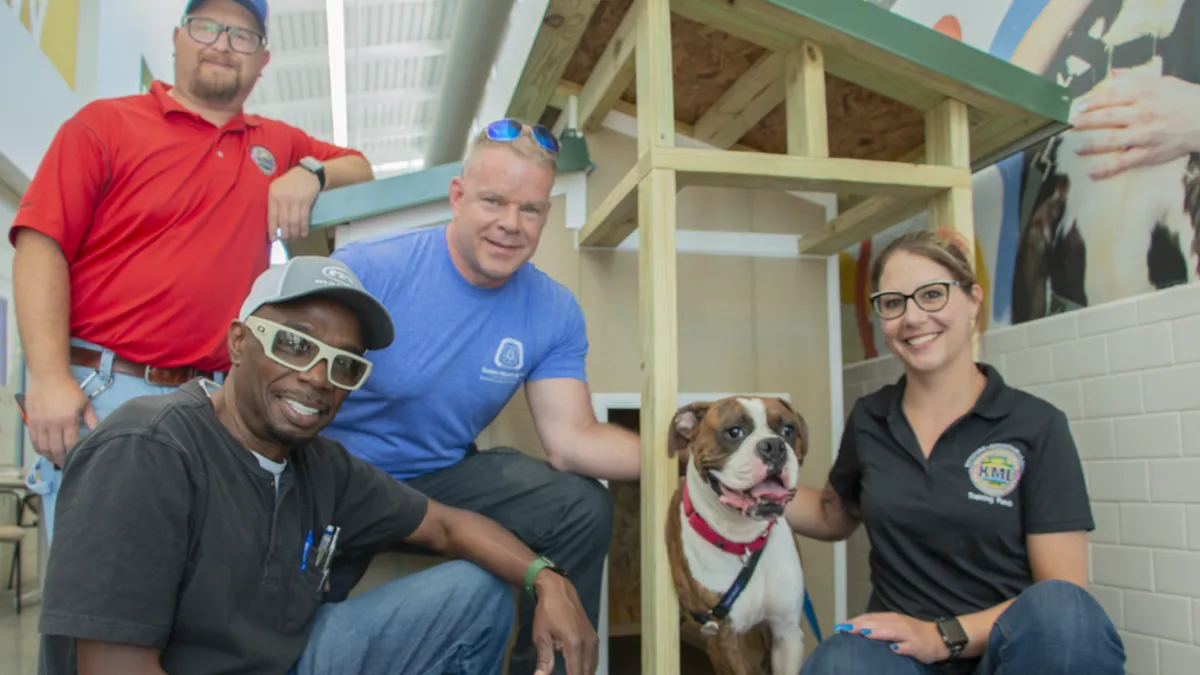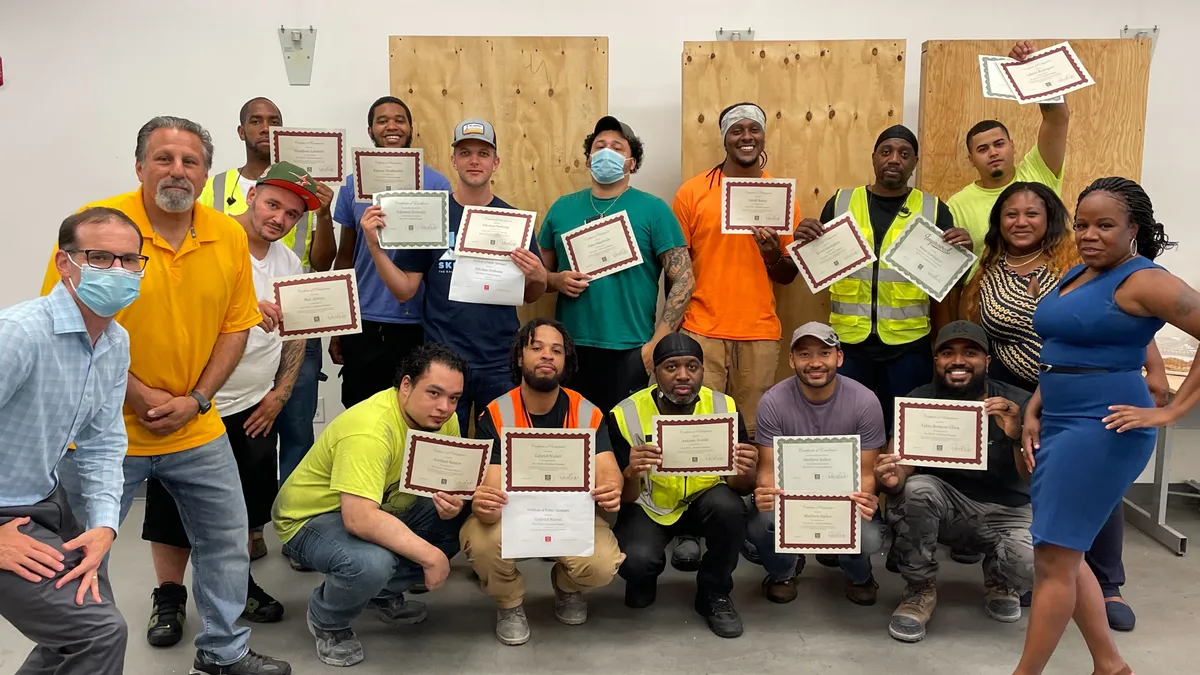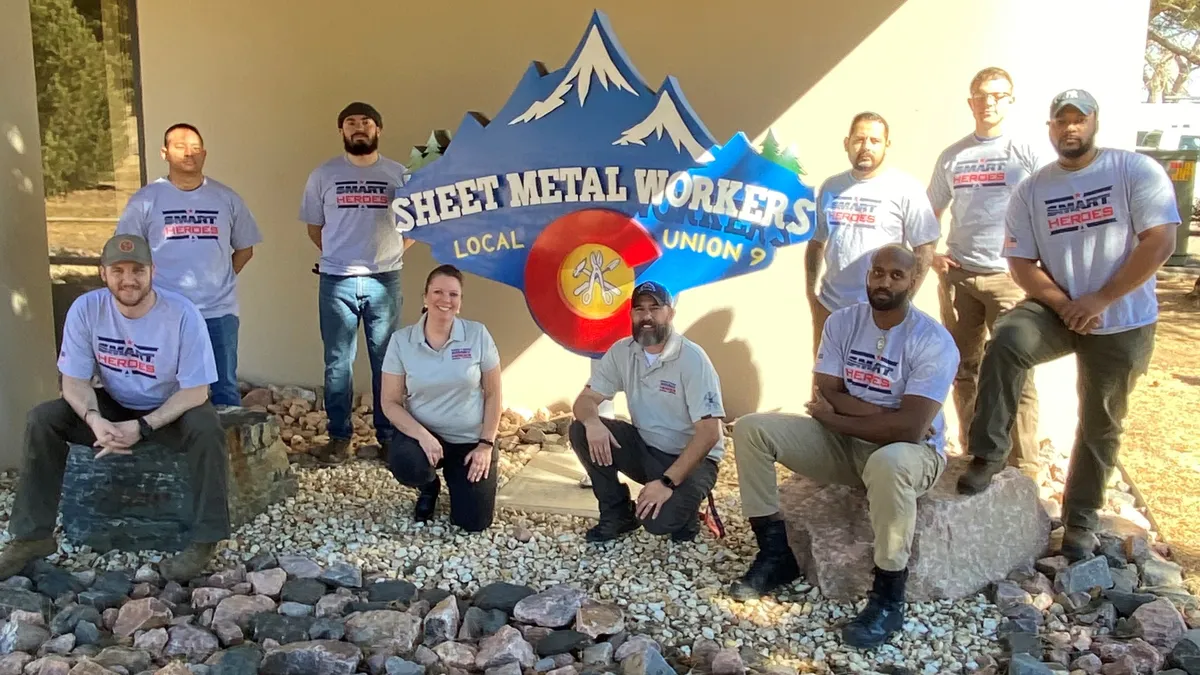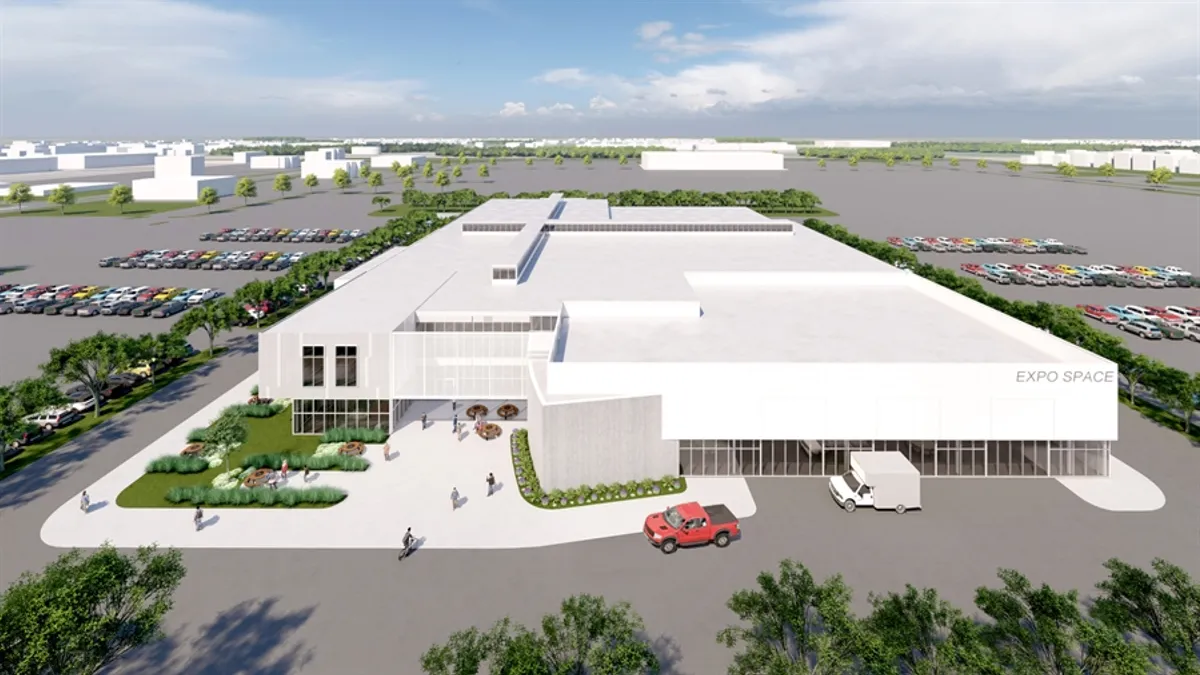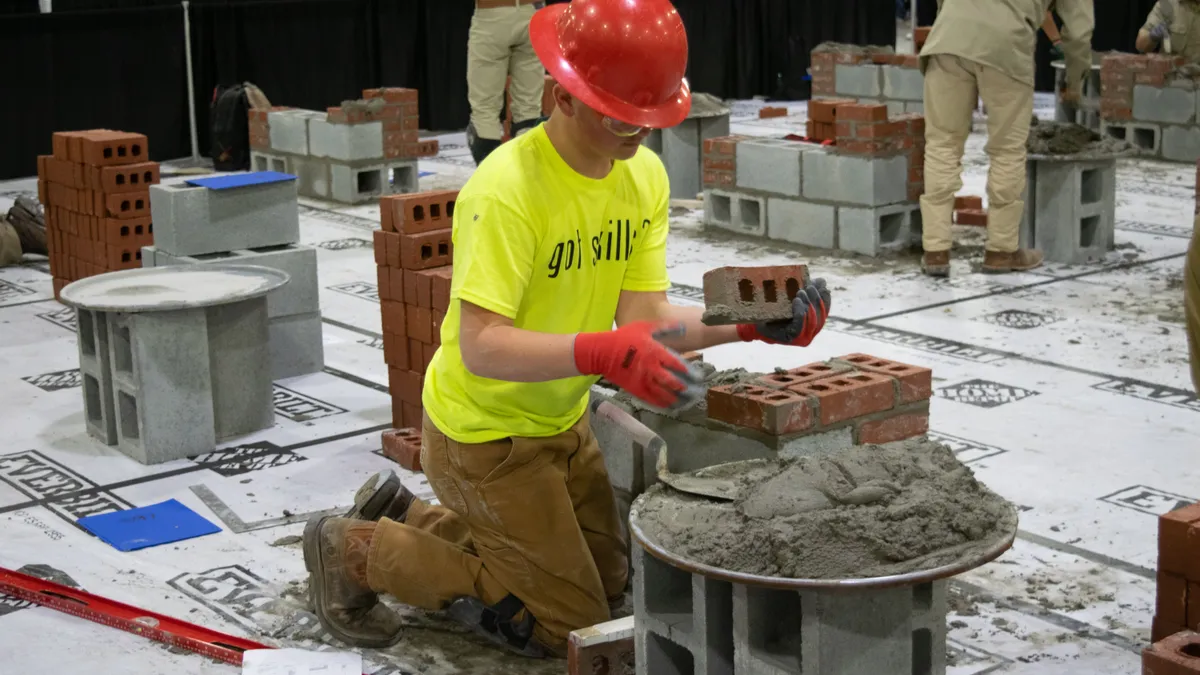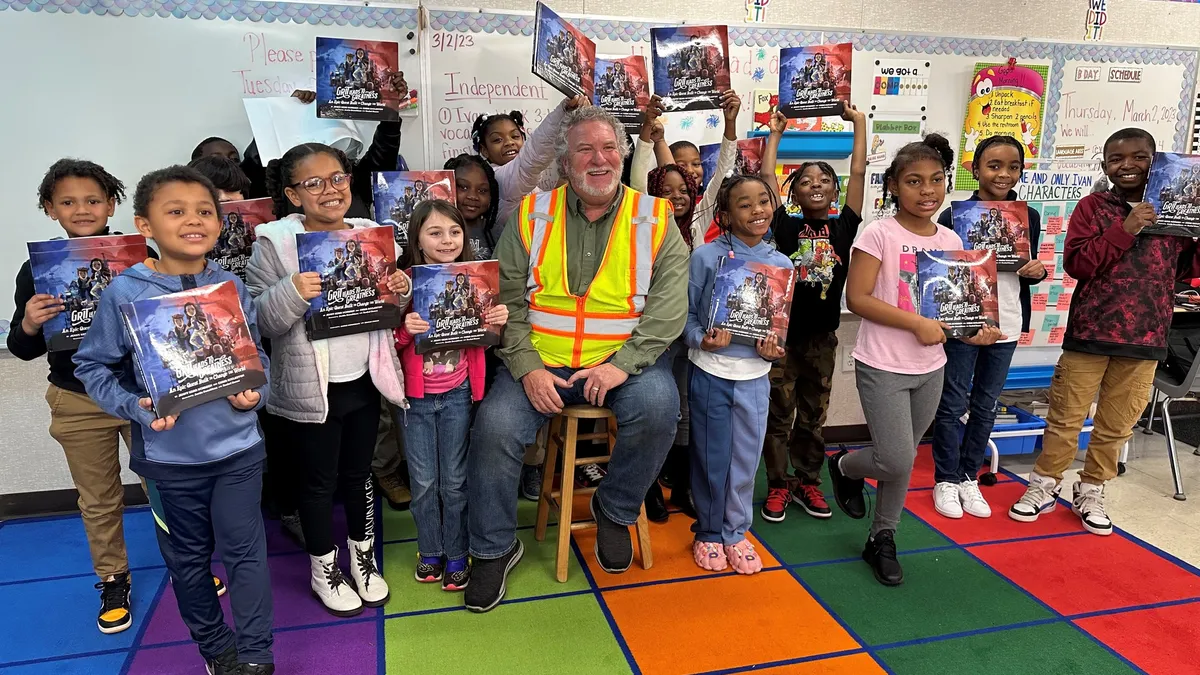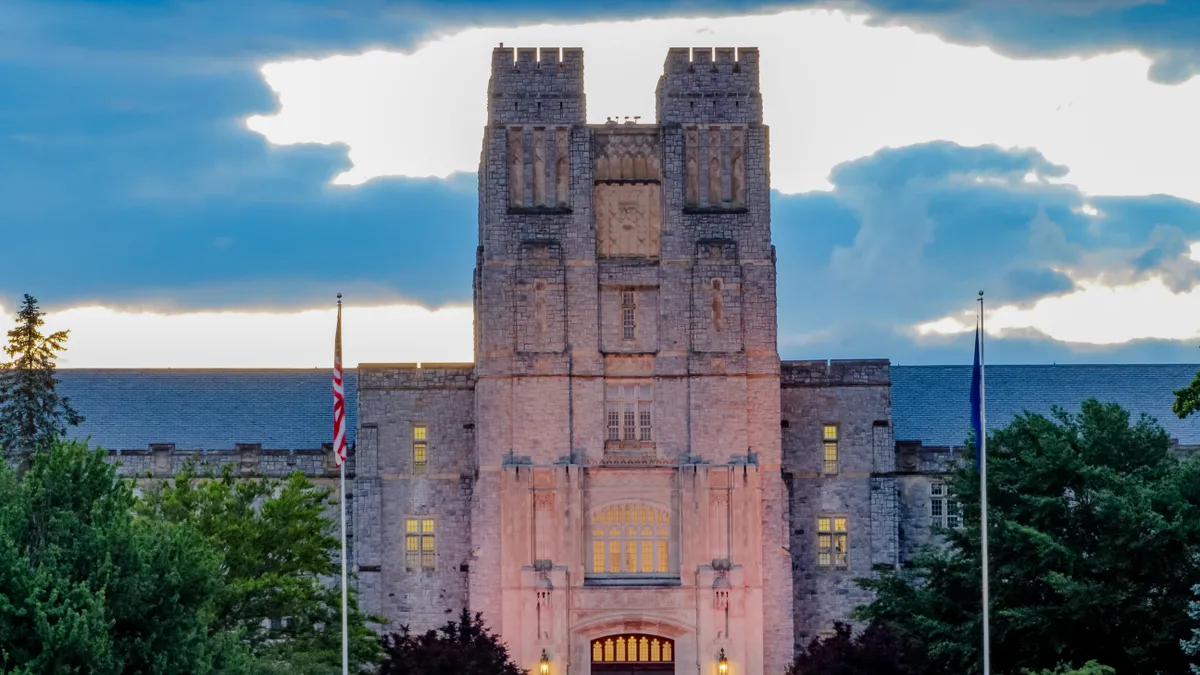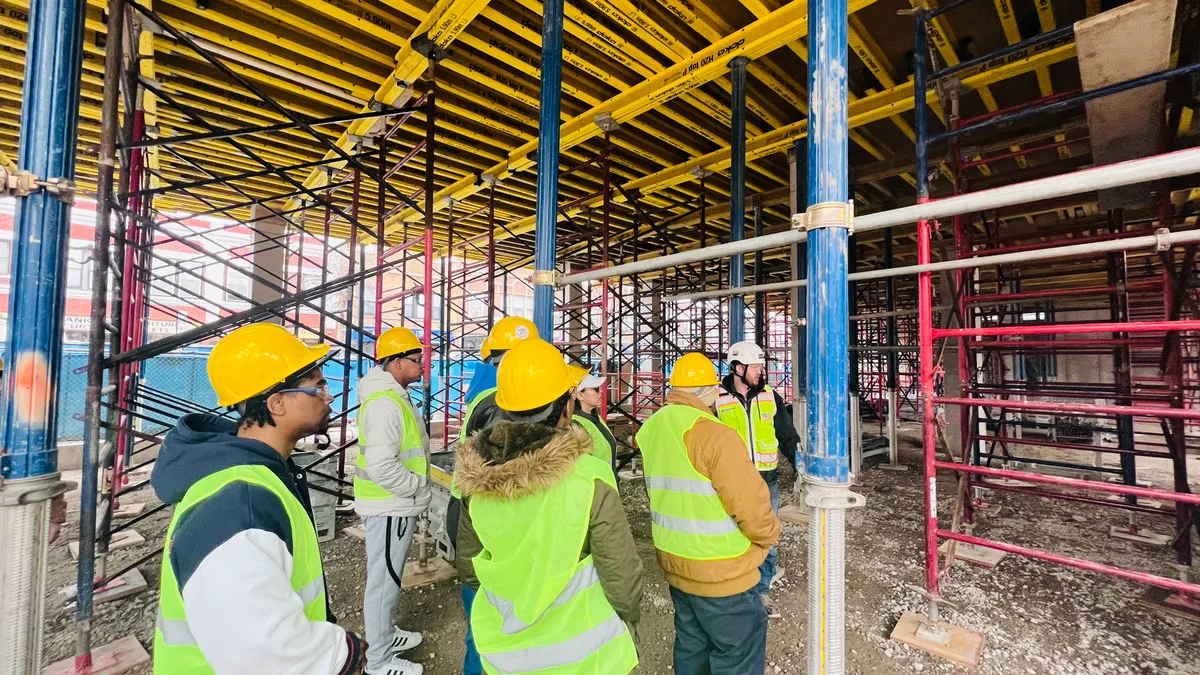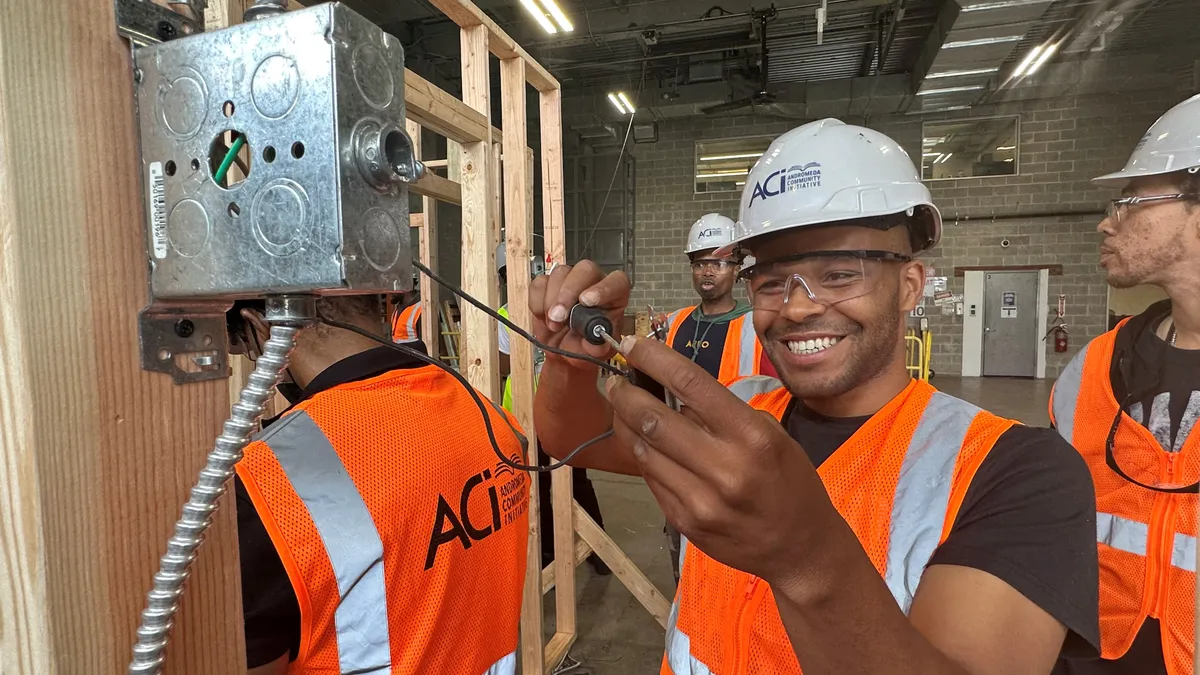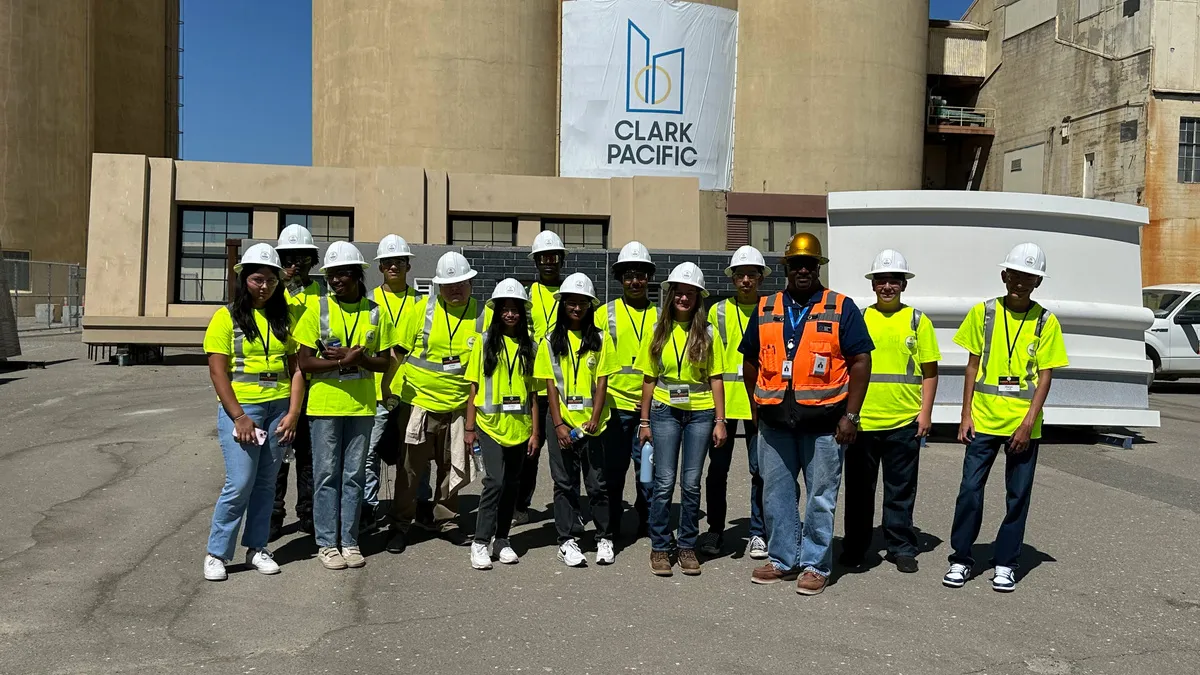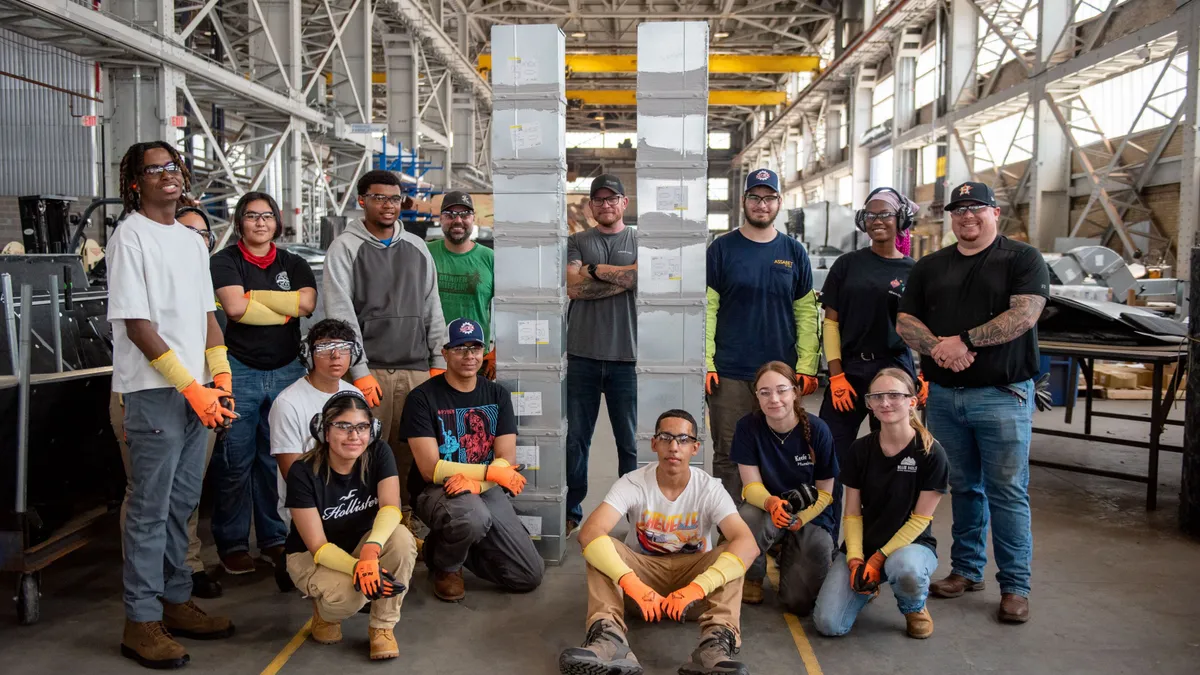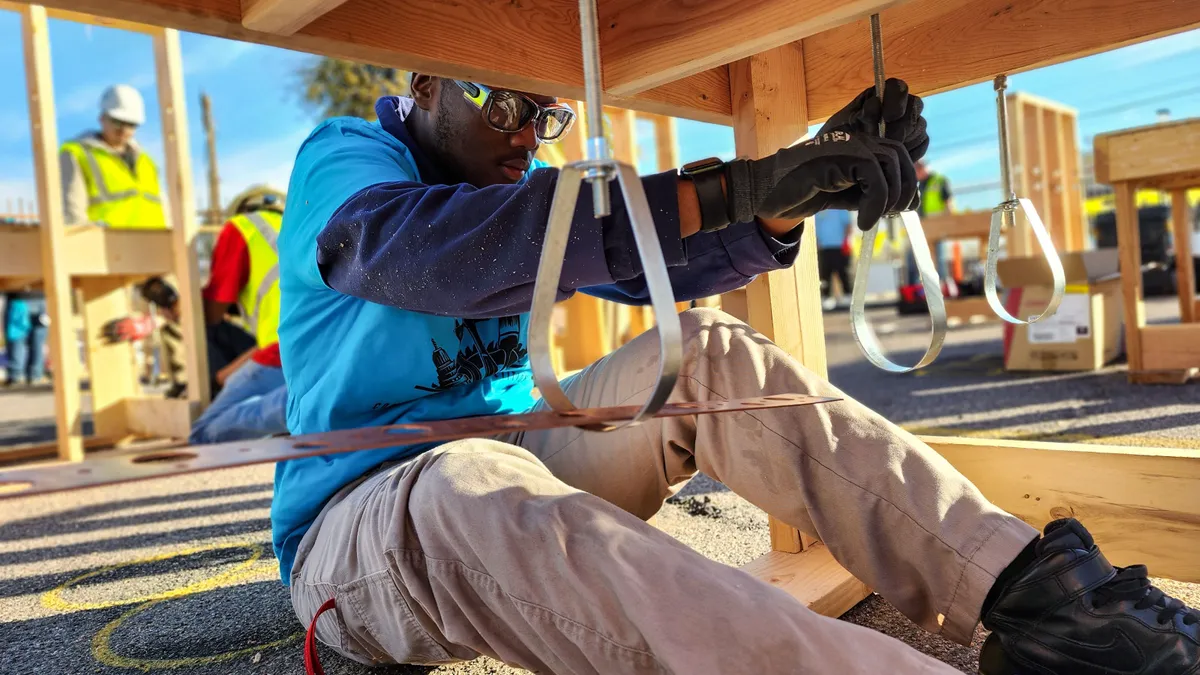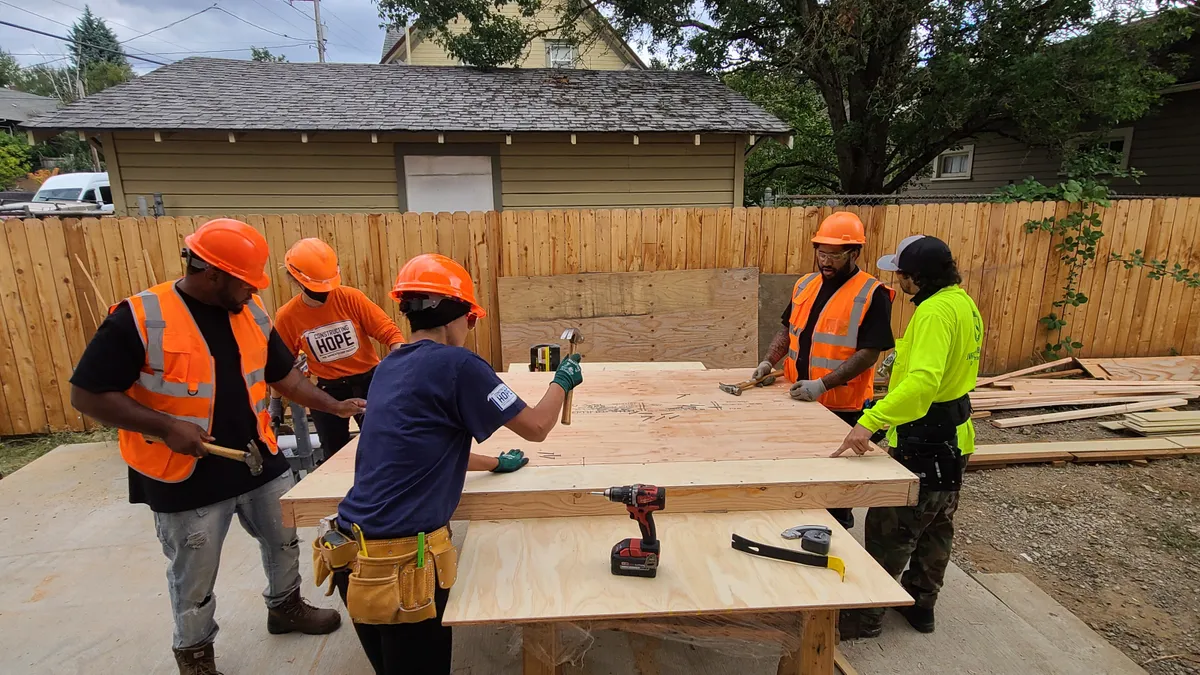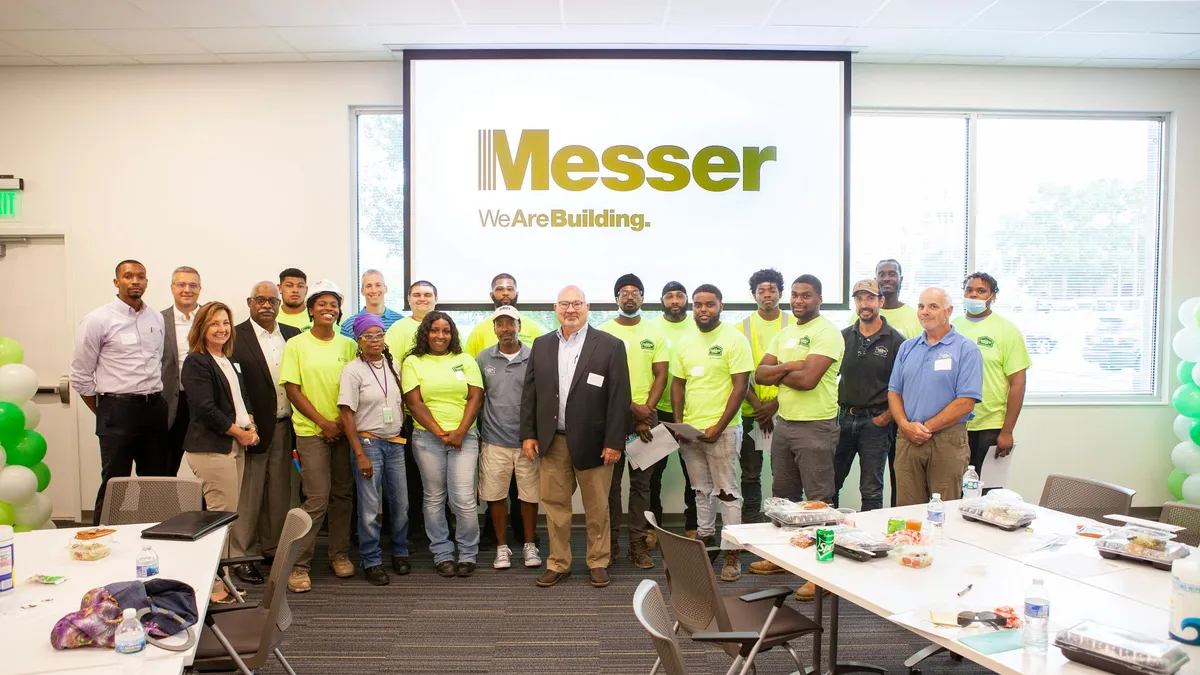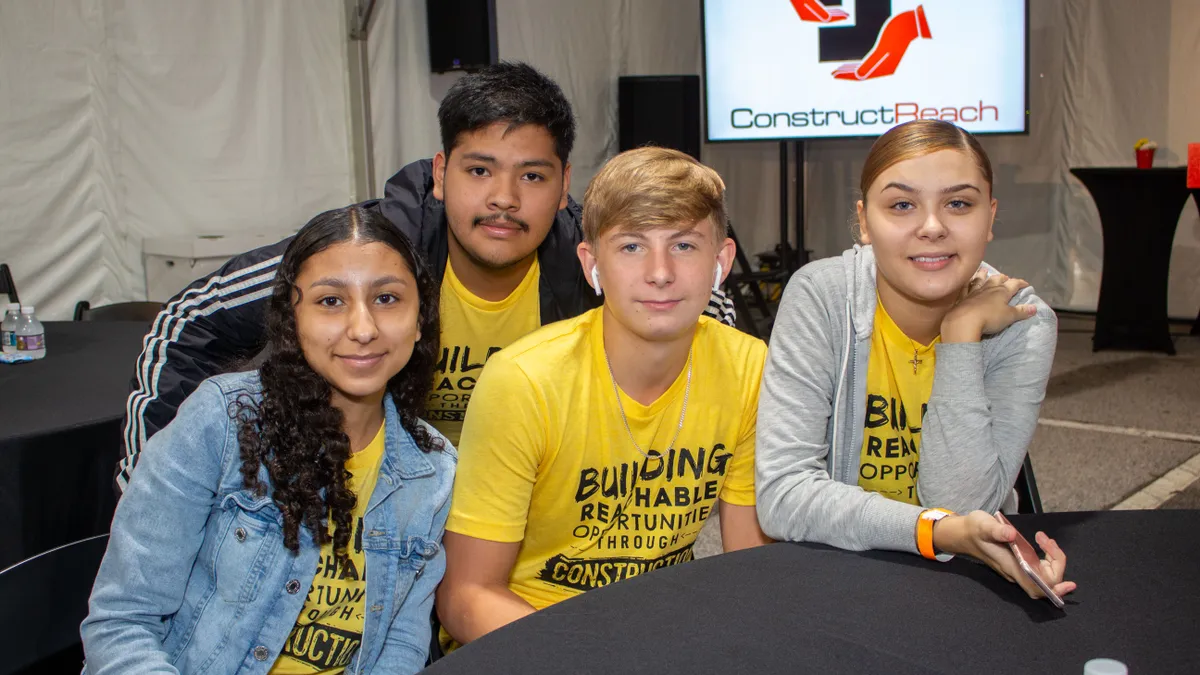The construction industry faces a stark shortage of workers, but programs and people across the country are working at the local level to solve the problem. This series highlights those efforts helping to recruit the next generation of construction pros. Read previous entries here.
Do you know of a group that is helping to attract workers to the construction industry? Let us know.
The more than 4,000 children and their parents who poured into one of Washington, D.C.’s many museums on Oct. 19 weren’t there to learn about natural or national history, but rather to hammer nails, explore trade recruiting booths and visit a truck petting zoo.
The Big Build, hosted by the National Building Museum, was designed to provide children aged 8 and under with a fun, educational experience around the construction trades.
The annual event has been held in one form or another for about 20 years, said Sheridan Small, senior manager of youth and community programs for the museum. The mission has stayed the same: introducing the nation’s youth to careers in construction and engineering.
“I think people often underestimate young children and their ability to do difficult things such as swing a hammer or operate VR equipment, but they get so into it, and for most of them, it’s their first introduction to these trades,” Small said.
Attendees got the chance to do just that, as partners of the day — such as the Associated General Contractors of America, HITT Contracting, DPR Construction, Hensel Phelps and the Modular Building Institute — teamed with the museum to set up booths with tactile experiences.
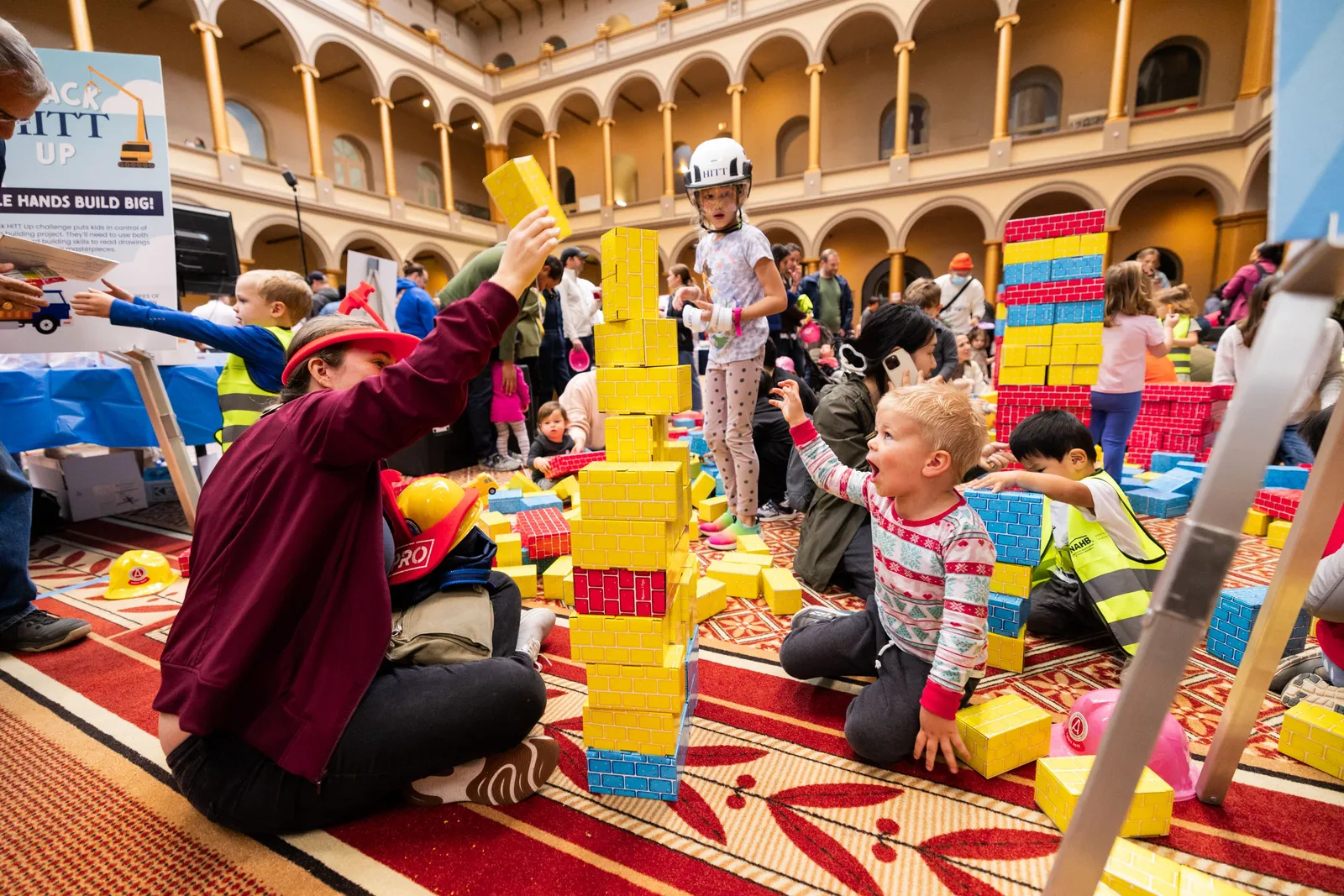
“The Big Build is always successful in my eyes as both kids and parents are getting important exposure to careers in the construction industry,” said Heather Wallace, communications director for Momentum Innovation Group, a Jersey City, New Jersey-based consultant group. The firm offers solutions such as job matching tools for offsite construction and digital twin technology.
“[The kids] get to build, touch stuff and use tools and get some hands-on experience. I love watching the eyes of a kid or an adult light up when they learn something new and exciting about the industry,” said Wallace.
For example, DPR Construction’s booth had kids build structures with popsicle sticks and binder clips, said Nicole Julien, field office coordinator for the Redwood City, California-based contractor’s D.C. and Baltimore office.
Looking ahead
Event organizers said they see it as a way to help alleviate construction’s decades-long labor shortage. They are concerned about the median age of the construction workforce, as large swaths of experienced staff are expected to retire in the near future, Wallace noted.
“Early exposure to careers in the construction industry [is] important because it gets kids thinking about it, asking about it and sometimes problem-solving and innovating for our industry,” she said. “The grade school and middle school age groups are many times dismissed from funding and programs because the idea of not seeing ROI for five or 10 years is difficult for many companies to swallow. But this is the age group that is important to target, now!”
Small said the museum has considered finding a partner to do longitudinal research into proving whether or not the attendees go on to enter careers in construction. But that’s not the only impact, she said.
“We want to inspire these kids to envision many different futures for themselves,” Small said. That could mean pursuing a career in the building industry, developing those skills to use everyday, contributing to one's community through volunteer work or simply considering alternate life paths, she said.
Brian Turmail, vice president of public affairs and workforce at AGC, echoed that point.
“The biggest takeaway was that when we talk about careers in construction, that can mean an enormous amount of things — from traditional crafts like pipefitting and carpentry to working on stained glass, driving trucks or operating drones. The possibilities are almost limitless,” he said.
Plus, it’s not just an educational event for children.
“All these kids are accompanied by adults, right? So even if the hands-on activities are not targeting their parents, the parents are absorbing the information alongside the kids, and they're seeing all of these trades and realizing the possibilities that are available,” Small said.
When it came time to build structures, Julien said, “We often find the parents are having as much fun as the kids.”
Takeaways and improvements
Parts of the Big Build days will stay with Small, such as the image of kids throwing their heads back and exclaiming “that’s so cool!” when they admire heavy construction equipment.
But the impact is also helpful for trade partners, she said. The day provides companies, sponsors and even competitors with the opportunity to network, exchange ideas and contemplate how to recruit the next generation of skilled workers.
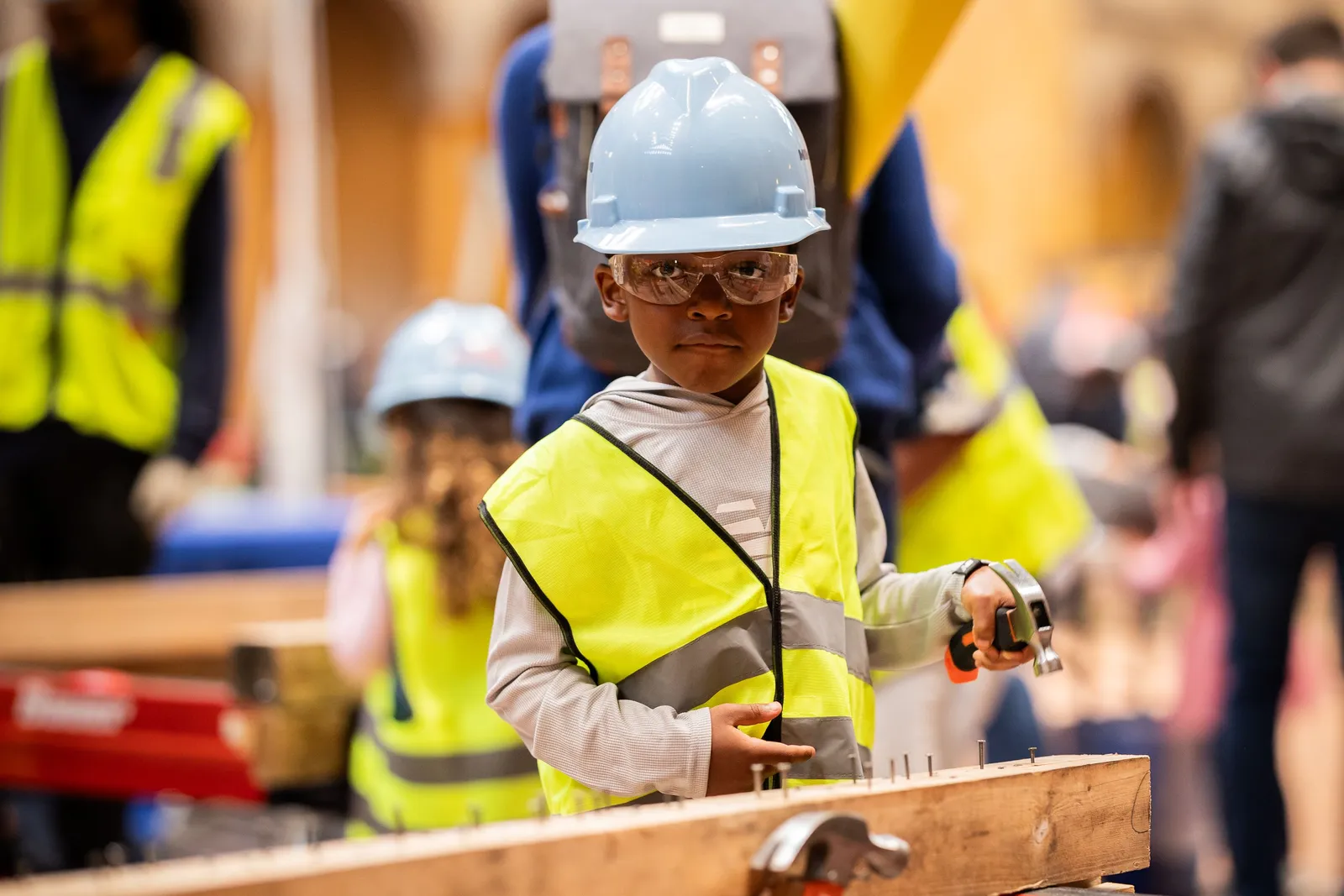
“The biggest takeaway continues to be the importance of early exposure to different areas of the construction industry and the need for funding more training programs and events around the country,” Wallace said. “It can't just be a select few people or companies working to solve the labor challenges.”
Julien said the day “sparked the imagination” of the young visitors, and she compared the attitude of the children to contractors' attitude about work — it can be infectious.
“For me there’s a sense of pride working for a builder and I think a lot of people should come to their jobs with more of an enchantment with what we do. I think sometimes we get mired down in the day-to-day but getting to look at a building and say ‘I worked on that’ is a great legacy thing,” she said.



